This blog post aims to guide construction companies, contractors, and project managers in selecting the right construction machinery for their projects. It will cover factors to consider, the importance of matching equipment to specific tasks, and how choosing the right equipment can improve productivity, safety, and overall project outcomes. The goal is to help clients make informed decisions when purchasing or renting construction machinery.
Outline
1. Introduction
- Start by addressing the challenge of selecting the right machinery for different types of construction projects.
- Mention that choosing the wrong equipment can lead to increased costs, project delays, and safety hazards.
- Introduce the purpose of the blog: to help readers navigate the decision-making process and select the right equipment for their specific construction needs.
2. Understand the Scope and Type of Your Project
- Define the Project Requirements: Explain how important it is to assess the specific tasks the equipment needs to accomplish, such as excavation, grading, lifting, or hauling.
- Project Size and Scope: Mention that larger projects may require more robust machinery, while smaller, more specialized equipment may be necessary for smaller, more intricate tasks.
- Site Conditions: Discuss how factors such as terrain, weather, and accessibility impact the type of machinery needed. For example, rough terrain may require track machines instead of wheeled machines.
3. Consider Equipment Capacity and Specifications
- Load Capacity: Emphasize the importance of matching equipment capacity to the expected load. Overloading machinery can result in damage and inefficiency.
- Power Requirements: Discuss how the power of the equipment (e.g., engine horsepower) should align with the tasks at hand. More power is needed for heavy-duty tasks like digging or lifting large loads.
- Size and Reach: Consider how the size of the machinery will affect maneuverability on the job site. For confined spaces, compact equipment may be more suitable.
4. Evaluate Equipment Performance and Efficiency
- Fuel Efficiency: Discuss the importance of selecting machinery that offers optimal fuel efficiency, especially for larger projects that require prolonged use.
- Technology Features: Highlight the role of advanced technology features, such as GPS, telematics, or automation, in enhancing machine performance, tracking, and reducing downtime.
- Maintenance and Reliability: Suggest considering the reputation of the equipment brand for reliability and ease of maintenance. Machines with longer lifespans and fewer breakdowns offer better long-term value.
5. Assess Safety Features and Operator Comfort
- Operator Safety: Stress the importance of choosing equipment with the latest safety features, such as ROPS (Roll-Over Protective Structures), backup alarms, and improved visibility.
- Operator Comfort: Discuss how choosing machines with comfortable operator cabins, climate control, ergonomic controls, and noise reduction can lead to increased productivity and reduced fatigue.
- Compliance with Regulations: Mention that equipment should comply with local safety and environmental regulations to avoid legal issues and penalties.
6. New vs. Used Equipment: What to Consider
- Cost Considerations: Discuss the pros and cons of buying new versus used machinery. New equipment may come with warranties and the latest technology, but used machinery can be more cost-effective for budget-conscious projects.
- Inspection of Used Equipment: Provide advice on what to check when purchasing used machinery, including wear and tear, maintenance records, and overall condition.
- Rental Options: Suggest considering equipment rental for short-term projects, where purchasing new or used equipment may not be cost-effective.
7. Consider Equipment Availability and Support
- After-Sales Support: Emphasize the importance of purchasing equipment from a provider who offers excellent after-sales support, such as maintenance services, warranties, and parts availability.
- Availability of Spare Parts: Discuss how important it is to choose equipment that has readily available spare parts to avoid long downtimes in case of repairs.
- Service Agreements: Encourage readers to consider service agreements to ensure their equipment stays in top working condition throughout its lifecycle.
8. Conclusion
- Summarize the main factors to consider when choosing construction equipment: project type, machine specifications, fuel efficiency, safety, and post-purchase support.
- Reinforce the idea that the right equipment can make a significant difference in the success of a project, improving efficiency, safety, and cost-effectiveness.
- Encourage readers to take time in selecting machinery that fits the specific needs of their projects to ensure optimal performance and results.

